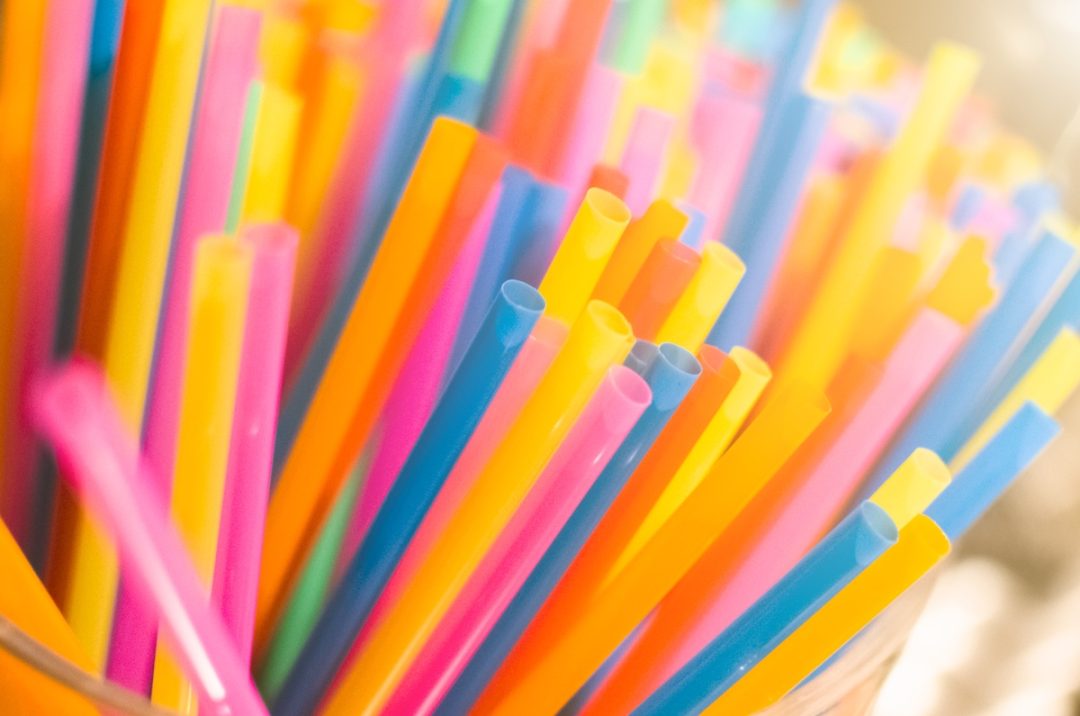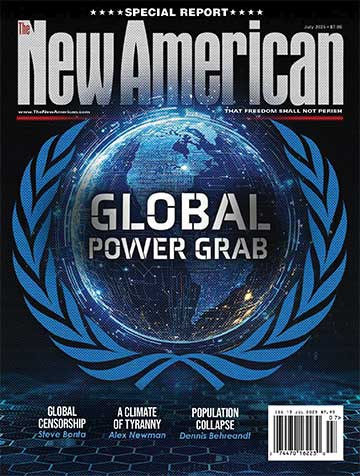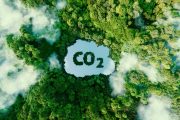
For the greentopian Left, is this the last straw? Actually, with how President Trump is shaking up the system — taking Nancy Pelosi’s advice to be a “disruptor” — probably not. But an executive order he signed today will perhaps ensure that we don’t have our last straw. That is, our last plastic one.
The order reverses the Biden administration ban on so-called “single-use” plastics in the federal government. While Biden’s order, announced last summer, applied to plastic cutlery and packaging as well, the straws received the most attention. The kicker:
The prohibition surely did nothing to improve the environment.
President Trump, though, touted his order’s utilitarian aspect. As he wrote Saturday on Truth Social:
“Crooked Joe’s MANDATE, ‘NO PLASTIC STRAWS, ONLY PAPER,’ IS DEAD! Enjoy your next drink without a straw that disgustingly dissolves in your mouth!!!”
Below is a video in which the president, in signing mode, briefly talks about his order’s benefits.
But What About the Planet!?
Not surprisingly, many critics are aghast at Trump’s move. One environmentalist X respondent, for example, called him a threat “to the globe” and a “complete idiot” who “understands nothing.” But while it’s unknown how much the president knows or doesn’t know about the issue, something is for sure. Such critics themselves exhibit a comic-book understanding of it.
The concern, of course, is plastic pollution in the oceans, which is a problem. Yet the reality is that banning plastic straws in the United States would not improve the environment. In fact, it may even be counterproductive.
First, know that the United States is to blame for only about one percent of plastics in the ocean, despite our country having 4.22 percent of the world’s population.
Moreover, while some municipalities and “green” businesses have banned/phased out plastic straws, they constitute only a tiny fraction of that one percent of waste. Given this, what explains the plastic-straw paranoia?
Well, for starters, many years ago already activists and media began claiming that Americans use 500 million plastic straws daily. Staggering, huh?
It’s also false.
In fact, the figure came from, wait for it — a nine-year-old’s school project (seriously). This didn’t stop media, though, from bandying the number about as if it came from On High. This and more are explained in a video (below) investigative reporter John Stossel posted today on X.
Realize, too, that plastic will never reach the sea when disposed of properly. One way in which it does is through wide-scale ocean dumping, which is not a phenomenon of the United States. Another way is littering. Plastic litter can wash into storm drains, which then may feed into rivers that themselves flow into oceans. (This is just another reason why local anti-littering laws should be enforced.)
The Real Offenders
So where, then, does most ocean-clogging plastic waste come from? First there’s China (surprise, surprise). It’s responsible for approximately 28 percent of ocean-polluting plastics despite having only about 18 percent of the global population. In fact, most plastic waste comes from just five Asian nations.
Moreover, as the World Economic Forum itself admitted in 2018, just “10 river systems carry between 88 and 99% of the plastic that ends up in the ocean from rivers.” Eight of these systems are in Asia and two in Africa. One of the former is China’s Yangtze, which alone is reportedly responsible for 55 percent of the river-to-ocean plastic waste.
Additionally, studies indicate that 46 to 60 percent (by weight) of ocean-going plastic comprises discarded fishing gear (e.g., drift nets).
A video illustrating the problem is below.
Conclusion: Creating onerous plastic regulations in the West will do little if anything to remedy the problem. Such focus does, however, give governments a pretext to further fleece people and businesses and increase control over our lives.
Government Worsening the Problem
President Ronald Reagan once said, “The nine most terrifying words in the English language are ‘I’m from the government, and I’m here to help.’” The plastic issue is no exception, either. Just consider the below X post from Swedish journalist Peter Imanuelsen.
While I can’t personally vouch for Imanuelsen’s claim, government’s plastics-regulation track record doesn’t exactly inspire confidence. Ponder, for instance, New Jersey’s “single-use” plastic bag ban (which was designed, do note, to save resources).
After it took effect in 2022, plastic use for bag creation increased 300 percent.
Why? Because the “reusable” bags the government compelled people to adopt require 15 times as much plastic to create. But NJ residents don’t use them on average 15 times as much.
These unintended consequences raise an important issue. That is, always ask of a proposed action: What will be the secondary effects? Demand an answer, too, because there virtually always will be secondary effects. (Action-reaction, ya’ know?)
Here’s a good example: Only about five percent of plastic is recycled, according to John Stossel. Most of the plastic we put in recycling bins is actually discarded. What happens to it then?
It’s sometimes shipped to places such as Malaysia — where it may be burned or dumped in the ocean (video below). This is all because, too, governments are enforcing what science writer John Tierney calls a “sacrament of the green religion.” It wouldn’t be happening if we deposited plastic in landfills, as we used to.
In reality, the ocean-borne plastics problem may be solved by Western technological advances, such as biodegradable plastic or plastic-eating bacteria. But there’s a deeper lesson here: The “invisible hand” of the market virtually always delivers better results than plastic politicians who, despite their wasteful judgments, are too often recycled right back into the garbage dump called public office.




